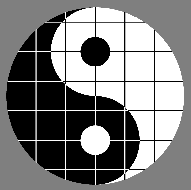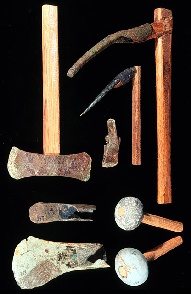
|
Related Literature
Here are some papers that give more background and context for the ACS
initiative and in particular the Maya project:
-
Virtual Laboratories and Virtual Worlds
, in Dynamical Evolution of Dense Stellar Systems,
eds. E. Vesperini, M. Giersz and A. Sills (2007).
-
Modeling Dense Stellar Systems
, Prog. Theor. Phys. Suppl. 118, 187-209 (2007).
-
Virtual Laboratories
, Prog. Theor. Phys. Suppl. 164, 38-53 (2007).
-
Dense Stellar Systems as Laboratories for Fundamental Physics
, to appear in A Life With Stars (2007),
eds. L. Kaper, M. van der Klis and R. Wijers [Amsterdam: Elsevier].
Related projects
Here we list projects that are inspired by, or otherwise related
to, ACS:
-
Formation Rate of Binaries in Three-Body Interactions
, Mon. Not. Roy. astr. Soc. xxx, xxx-xxx (2007).
In this paper we present a gravitational laboratory for modeling a
chunk of a homogeneous star distribution, using periodic boundary
conditions. The codes used in that paper
can be found here
- Galaxy Dynamics
N-body Simulations, a self-teaching project, created by Jakub Schwarzmeier.
- Visual
Python N-Body, a solar-system dynamics package, created by Rodney Dunning.
- Kaliope",
a gravitational N-body simulator, written by Jason Underdown.
- Grav-Sim: Gravity Simulation on a Desktop Computer,
an evolution of the ACS code, by Mark Ridler.
The new features include:
- porting to C++
- accelerator plug-in interface
- tree-based accelerator as a faster alternative to brute-force
- choice of precisions (float, double and dd_real)
- batch processing for improved performance
- transactional time-steps for improved accuracy
- parallel processing via OpenMP
- GLUT-based viewer that updates as you watch
- StarryOrbits,
an N-body visualization project, created by Dave Wilson
Similar literature and projects
Here are some other papers and projects that present interesting
views about new approaches to computational science:
|








